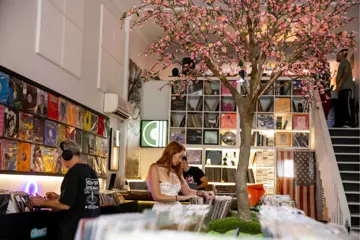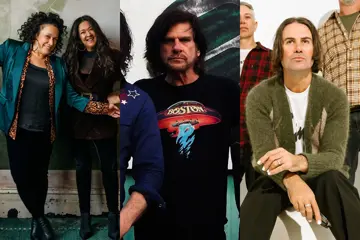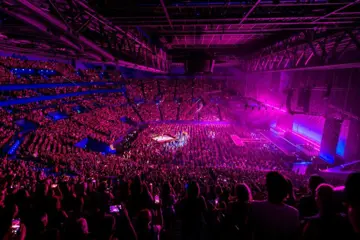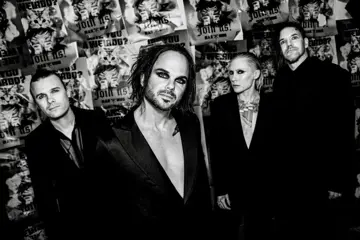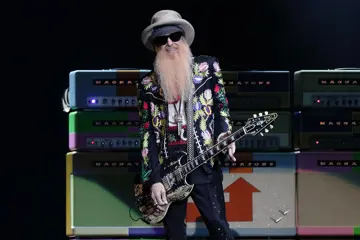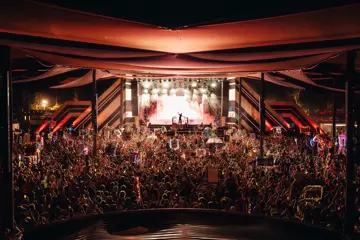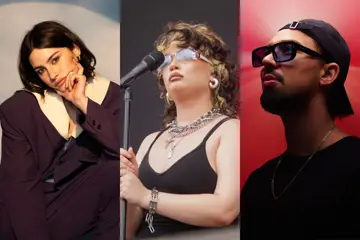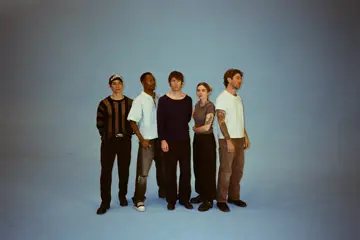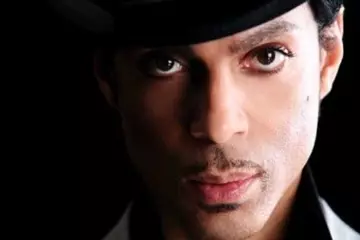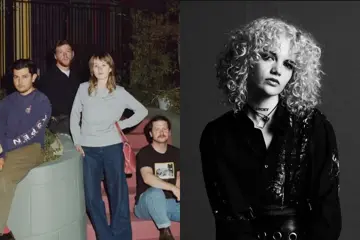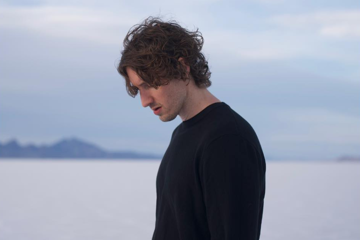At the approaching Melbourne International Animation Festival, you will likely see works that have been years in the making. Lissa Pascale's animated short, The Last Photo, is no exception. The eight minute film will show as part of the festival's Australian Showcase program, displaying the diverse talents of home-grown animators. The Australian Film Television and Radio School graduate's CGI film has already been added to a bunch of festival programs around the world. It whimsically portrays the wandering imagination of a little girl whose father has just trained off to war. She waits faithfully, treading bravely through a devastated landscape.
It is a very personal film, Pascale explains. “I was inspired by a bunch of stories about war orphans, but also my family's history involved a few people that have fought in wars. I was always really fascinated with repercussions of that through history and generations, and then my own father passing away. It was kind of a creative meditation, I guess, on grief and loss, and a personal expression of that journey. It's surreal and not based on anything specific in my life, but I suppose the emotion behind it was inspired by my life and feelings.” The protagonist sees adult life through innocent eyes. Again, this stems from Pascale's own parents' confrontation with WWII. “My Mum escaped through France, so a lot of her recollections were kind of an inspiration as well for the way a child experiences and sees catastrophe. For her, the memories are really strange and dreamlike.
“My Father was really young, and fought in WWII. He went to Nagasaki a few days after the bomb was dropped, so I think his perception as well was interesting in terms of how a young person interprets extreme situations of tragedy and devastation.” Sound too plays a big role in the way the film communicates atmosphere and emotion. “I remember my Mum talking a lot about the sounds of things, like the planes going overhead and machine guns being fired. She has a much more vivid recollection of sounds than the actual images she went through.”
The initial plans for the film, including Angela Little's orchestrated score, were created as a graduation project at AFTRS in 2008. It has been a labour of love. “I kind of dropped the film for a while. Back then it was really hard to render that much work, by yourself, on one computer. It was only when computers got a little bit faster that I could progress with the project.” Many animators showing at MIAF could probably sympathise. “Most animators work independently and are self-funded. They take years to do their projects. It's not like a live-action film where you can shoot it potentially in a few weekends.” Festivals like this provide a great forum to support these artists and build the community in Australia, Pascale says.
Don't miss a beat with our FREE daily newsletter
Despite the technological demands of animation, a great creative team behind the Macbook screen is essential. “The more collaboration you can have with people outside of the visual picture, the better, because it kind of gives you limits to work with. If you don't have those boundaries to work within you kind of disappear in this vortex of possibilities... It always comes down to story at the end of the day. People actually need to connect with the story.

